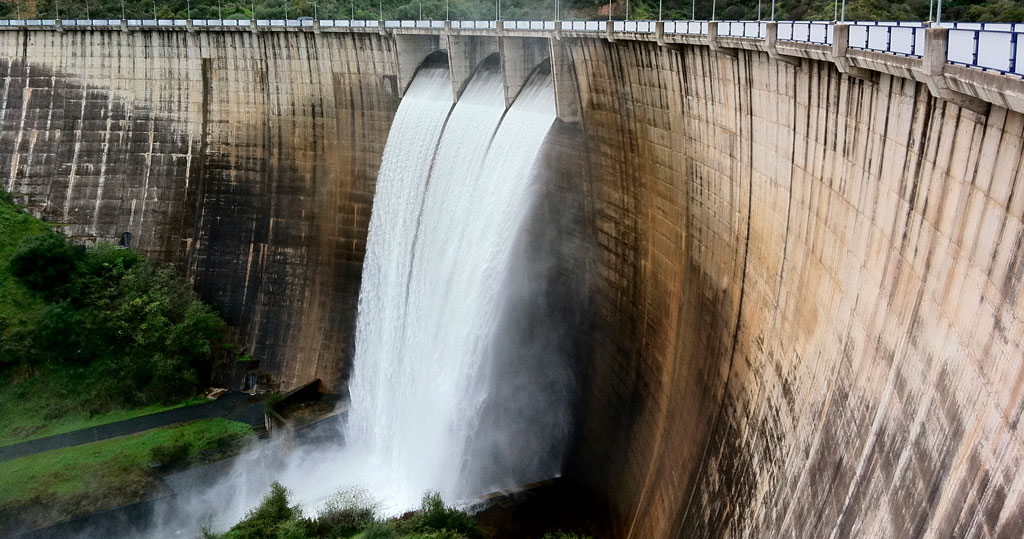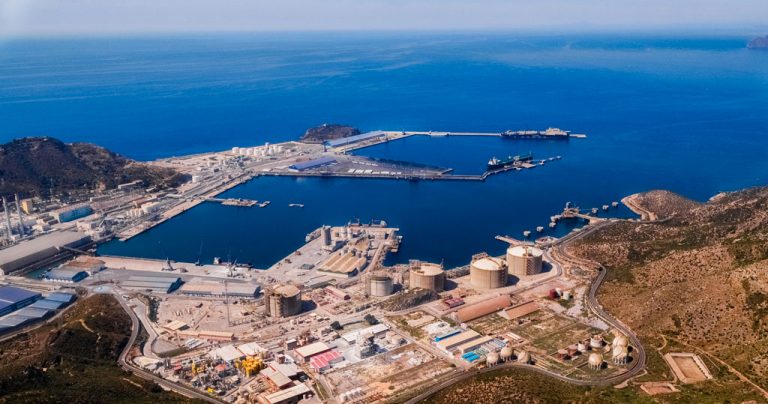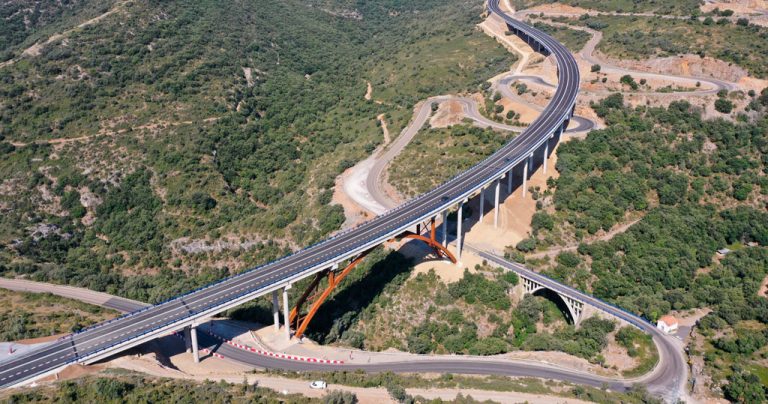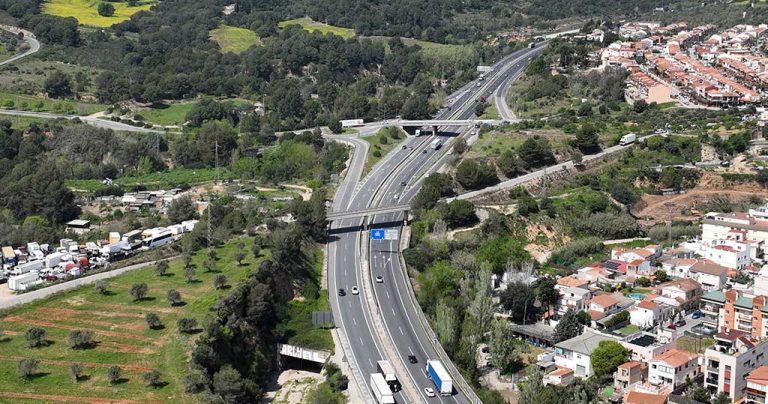The safety review of operational dams requires, according to current regulations, periodic checks of different aspects, such as the documentary review of the technical files, hydrological and hydraulic checks, the inspection of the electromechanical elements, and behavioural analysis based on condition surveys, status of MEP systems, etc.. Stability calculations are also necessary to analyse structural safety. In principle, these are simple calculation models as it is an existing operational structure which is being analysed, and which is supposedly properly maintained and surveyed.
However, in many cases the simple analytical calculation of the dam as rigid solid is not enough, as there are different cases according to the type of dam: arc-gravity or vault dams whose behaviour is clearly three-dimensional, buttress dams, expansivity problems in concrete, dams with relevant thermal increments and thermal stresses, very old dams with low resistance concrete, dams located in areas of high seismicity, etc.
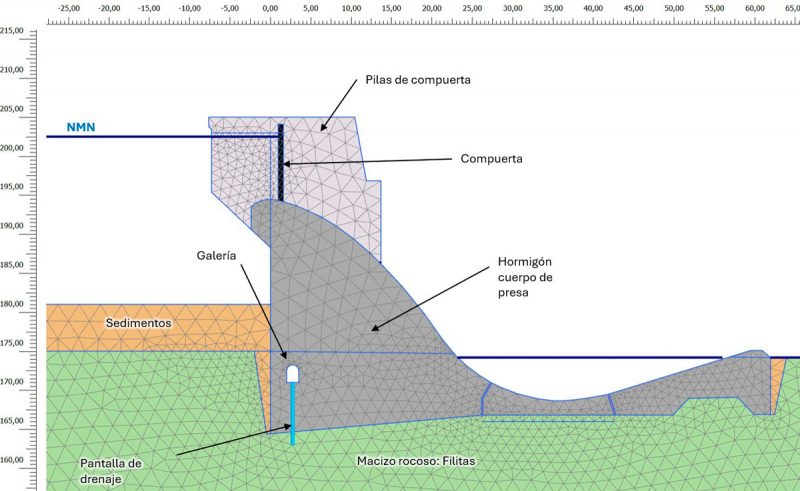 Counter dam of the Tajo de la Encantada hydroelectric power plant
Counter dam of the Tajo de la Encantada hydroelectric power plant
This situation requires the use of numerical models of finite elements for the calculation and analysis of the structure. This type of models is used to analyse any two-dimensional or three-dimensional geometry, in addition to showing the tensional state of the concrete, studying the interaction between the dam and the foundation ground, and also to simulate in a much more precise way the distribution of interstitial pressures in the support of the dam and the hydrostatic and hydrodynamic loads on the structure.
For this type of work, the Hydraulic Works division sought the collaboration of the Geotechnical department, with extensive experience in the advanced numerical modelling of terrain-structure interaction problems both in conventional (static) and seismic (dynamic) conditions.
Success story, the result of collaboration between experts in dams and geotechnics, increasing the knowledge acquired in stability studies with finite element methodology for concrete dams
As a result, the Geotechnical department has developed a set of procedures for calculating concrete dams using finite elements, using the PLAXIS programme. Among other aspects, this programme allows the calculation by means of a Python code script, which has been very useful in performing sensitivity studies, always convenient due to the uncertainty that exists in the knowledge of the different parameters, in addition to facilitating successive testing at the request of the client.
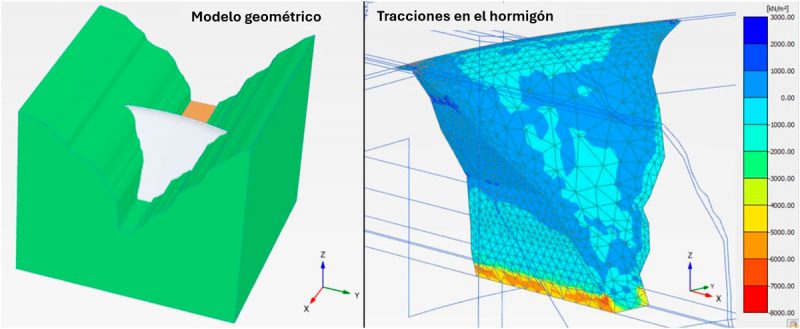 Camarasa Dam, analysed using a three-dimensional model
Camarasa Dam, analysed using a three-dimensional model
Each dam is different, and each one requires a particular analysis, depending on its specific characteristics and conditions. Therefore, it is essential to have a large library of calculation scripts for the different cases, in order to be able to adapt one or more of the existing scripts to each particular case, which will always be different from the previous ones. In addition, each new dam calculated contributes to the library´s expansion, which positively impacts with greater agility for future similar orders. As a result of the security reviews carried out in recent years, both for private clients (Endesa and Iberdrola) and public (hydrographic confederations), TYPSA currently has extensive experience and analytical procedures that allow us to approach this type of work with remarkable efficiency, complying with the most demanding standards. Likewise, as a result of the development of these works, the practice has allowed for a larger number of colleagues to be involved in these works, which is especially beneficial for the younger generations of the department, being able to apply the acquired learning to specific jobs, always led by the most experienced professionals of the Geotechnical department.
List of dams analysed:
| Design | Client | Dams: Name, situation and typology |
|---|---|---|
| HY8794 | ENDESA |
|
| HY8957 | IBERDROLA |
|
| HY8227 | Guadalquivir River Basin Authority |
|


